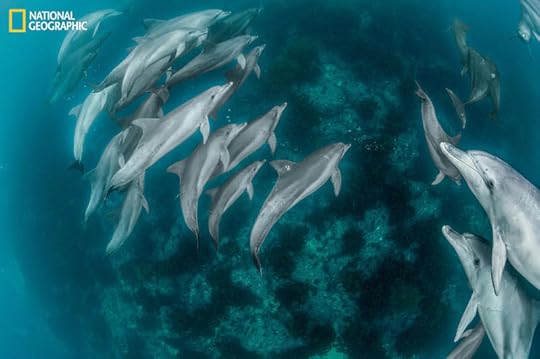
Returning captive dolphins to the wild is not as simple as opening up the gate and letting the mammal return to the sea. Living in captivity, under the close supervision and care of humans literally turns their world upside down. Dolphins in captivity spend most of their time near the surface of the water, receiving food and commands from their trainers in regular intervals. In order to reacclimatize them to wild, they have to be taught to hunt for their meals, and reset their internal clocks to the unpredictable nature of the ocean.
Click
here to listen to interview with
Tim Zimmermann about the process of retraining dolphins to survive in the wild. He has written extensively about the captive dolphin and killer whale industry and is the author of
National Geographic’s June feature story: “
Born to Be Wild.” Tim is also the associate producer and co-writer of the documentary
Blackfish.
From
National Geographic
Published on June 06, 2015 01:00
